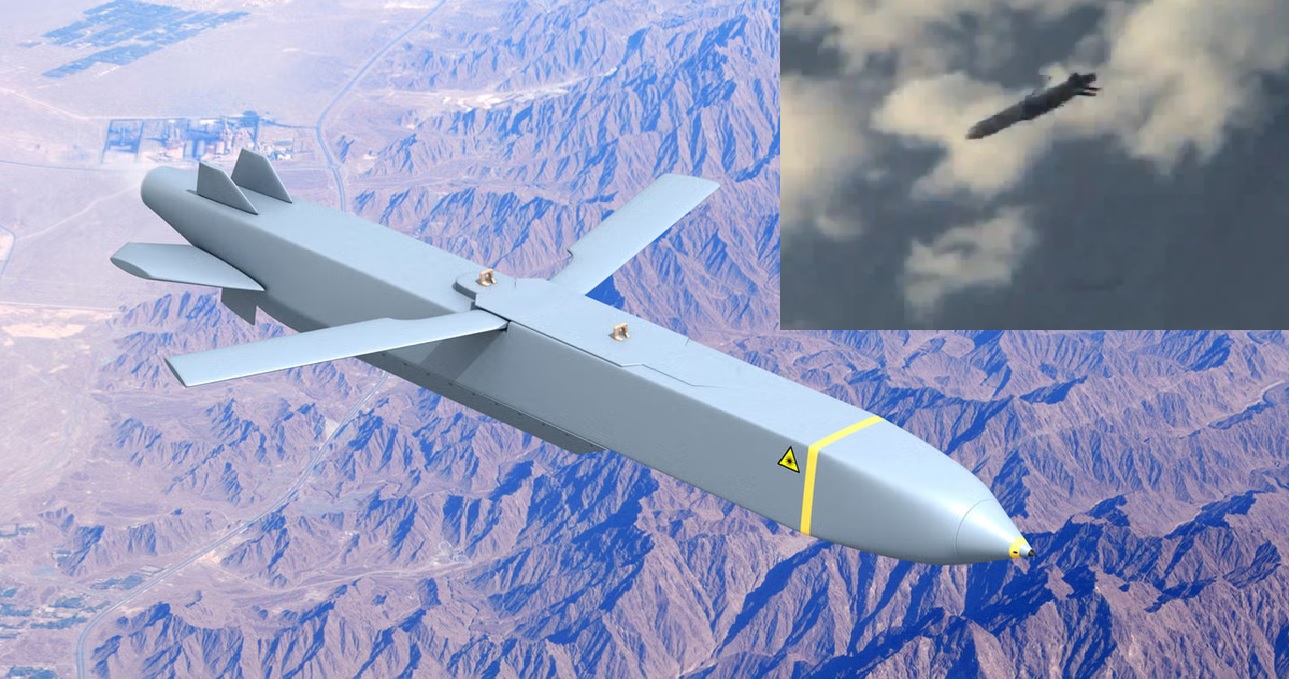X-Bow Systems Solid Rocket Technology with Successful Bolt Rocket Test

Defense manufacturer X-Bow Systems recently celebrated a successful test launch of its Bolt rocket, a key milestone in the company's efforts to advance solid rocket motor (SRM) technology. This test demonstrated the potential of X-Bow’s SRM propulsion system, which could offer a faster and more scalable alternative to traditional rocket propulsion. It marked a critical step in X-Bow’s broader ambition to provide reliable, rapid, and cost-effective solid rocket solutions for both commercial and military applications.
The launch of the Bolt rocket generated crucial data that will support the continued analysis of the SRM’s performance, helping engineers evaluate its effectiveness and reliability in flight conditions. This data is also essential for assessing the feasibility of large-scale SRM production, with applications that could range from commercial satellite deployment to military operations. According to X-Bow’s CEO Jason Hundley, the company’s unique approach enables “unprecedented speed, precision, and scalability” in designing, producing, and testing SRMs.
The Advantages of Solid Rocket Motors
Unlike liquid rocket engines, SRMs are designed to combine fuel and oxidizer in a solid-state, which gives them several advantages, particularly in shorter or booster-assisted launches. Because the fuel and oxidizer are premixed, solid rocket motors are simpler and can be stored for long periods without the risk of degradation. This characteristic makes them suitable for military applications and situations where rockets need to be launch-ready with minimal preparation time.
While SRMs are excellent for specific missions like launching into Low Earth Orbit (LEO) or providing booster support, they aren’t as efficient for longer missions that require extensive propulsion control. In these situations, liquid rockets, which store fuel and oxidizer separately, are preferred for their controllability and extended burn time. However, liquid-fueled rockets also come with challenges, including higher maintenance needs and the risk of propellant degradation over time.
X-Bow’s Innovative Manufacturing Approach
One of the most striking aspects of X-Bow’s SRM development is its use of additive manufacturing, or 3D printing. The Bolt rocket, for example, is partially manufactured using 3D-printed components for both the motor casing and propellant. This approach allows X-Bow to streamline production while reducing costs and making rapid improvements. Compared to conventional manufacturing methods, which can be time-consuming and costly, additive manufacturing provides the flexibility to upgrade rocket components quickly, keeping pace with evolving technological demands.
The ability to manufacture SRMs on-demand could be a game-changer for X-Bow, especially as it continues work on projects like the Mk 72 and Mk 104 solid rocket motors under a contract awarded by the U.S. Navy. This partnership aligns with the Navy’s need for a consistent, reliable supply of SRMs that can be quickly produced and deployed for a variety of missions.
Looking Ahead: Commercial and Military Applications
The successful Bolt rocket test points to X-Bow’s capacity to deliver scalable SRM solutions, a capability that could extend the company’s reach into both government and private-sector markets. As solid rocket motor technology continues to evolve, applications are likely to expand beyond traditional uses in military and defense. Commercial satellite launches, rapid payload deployment, and even potential rescue missions could benefit from the efficiency and reliability of SRMs like those developed by X-Bow.
In an industry where speed and adaptability are paramount, X-Bow Systems stands out with its innovative approach to rocket design and manufacturing. By leveraging modern technologies and new manufacturing methods, the company is making strides in SRM technology, shaping the future of rapid, cost-effective rocketry.


